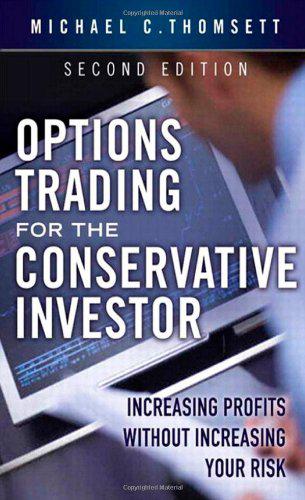
Benefits of the covered call include generation of income without added market risk. The comparison between the covered call and simply owning shares of stock demonstrates that added covered call income discounts the basis in stock, thus reducing market risk.
There are two criticisms of the covered call. First, if the underlying price declines below the discounted basis in stock (stock reduced by option premium), the overall position loses. However, if you own shares prior to opening the covered call, this risk already exists. In fact, the stock-only risk is higher because the basis is not discounted by the sale of a covered call.
Second, if the underlying price rises significantly above the strike, the short call is exercised and stock is called away. This is a "lost opportunity risk" that also exists if stock is sold to take modest profits but prices then continue to rise. Covered call writers generate profits consistently, and accept the lost opportunity risk. The rationale is that covered calls create profits from three sources (capital gains, option premium and dividends), and the consistent profits are justified even though on occasion profits could have been higher.
The argument against covered calls is flawed. As a stockholder, you might sell shares too soon to take profits, in which case you are exposed to the same lost opportunity, but without the added benefit of the covered call premium. In addition, you have three choices for mitigating lost opportunity risk. First, the short call can be bought to close (even when in the money, time decay makes it possible to close at a profit and then replace the position with a higher strike or wait to see where the underlying price moves next). Second, the short call can be held even when in the money, to see whether accelerating time decay may produce a profitable outcome prior to expiration. Third, the position can be rolled forward, the process of buying to close and then selling to open a later expiration at either the same strike or at a higher strike. When using the same strike, this act creates additional income because later expiration translates to higher time value premium.
When comparing covered call writing to the alternative of owning shares without offsetting option positions, the market risk associated with stock ownership is reduced for downside movement, and in the case of upside movement, you accept exercise at a profit or take steps to avoid exercise.
Another worthwhile exercise is to compare the benefits of selling uncovered puts, versus covered calls. The market risk is the same for uncovered puts as it is for covered calls and this position is not as risky as it might appear at first. When buying stock and writing a covered call, you can finance 50% of the stock purchase price with margin. In comparison, opening an uncovered put requires 100% collateral. For example, if you sell a 50 strike put, you must deposit at least $5,000 per option in your margin account.
Another benefit of the covered call is that you earn dividends as long as you continue holding the stock, and assuming that you own it before ex-dividend date. With an uncovered put, there are no dividends.
However, with an uncovered put, you can wait for a decline in time value and buy to close at a profit, regardless of how far or in which direction the stock has moved. You can also roll forward without worrying about the strike price, because there is no risk of having stock called away. There is a risk of having 100 shares put to you below current market value if you let the put expire in the money; this is why diligence is required with the uncovered put. You must roll forward or close to avoid ending up with shares of stock.
Please read further in my book about of conservative options strategies. It can be ordered directly from the publisher at Options Trading for the Conservative Investor or from Amazon.com at Options Trading for the Conservative Investor
Comments